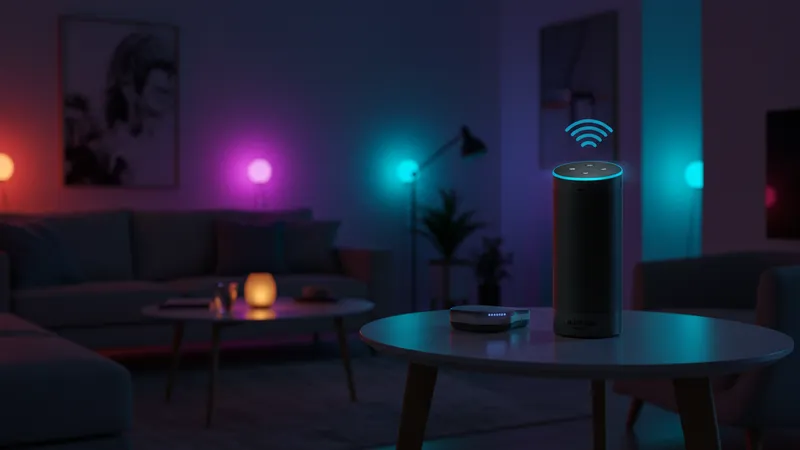
Learn About Connected Home Products For Daily Living
Device Features and Functionality in Connected Home Products
The value of connected home products lies largely in the features they provide. For example, smart bulbs go beyond mere wireless control; some models can respond to voice commands, synchronize light to music or movies, and enable custom schedules. Such versatility means a living room can transform from a vibrant party space to a peaceful reading nook at the touch of a smartphone screen.

Smart speakers and hubs, like the Amazon Echo, are equipped with far-field microphones and built-in AI assistants. These devices interpret a broad range of voice commands and can trigger complex routines involving multiple other connected products, from dimming lights to locking doors or adjusting the thermostat on cue. These functionalities set the baseline for an efficient and intuitive smart home environment.
Learning thermostats use adaptive algorithms, sensors, and even geofencing to anticipate needs. The Google Nest Learning Thermostat, for example, detects when residents are home or away and modifies heating or cooling patterns accordingly. This blend of automation and personalization sharpens energy efficiency and environmental comfort, distinguishing these products from standard programmable thermostats.
What sets these devices apart from traditional appliances is their ability to update remotely and integrate with future technologies. This capacity for over-the-air feature upgrades and expanding compatibility ensures that users’ investments are futureproofed, as devices can accommodate new routines and products as they emerge in the connected home market.